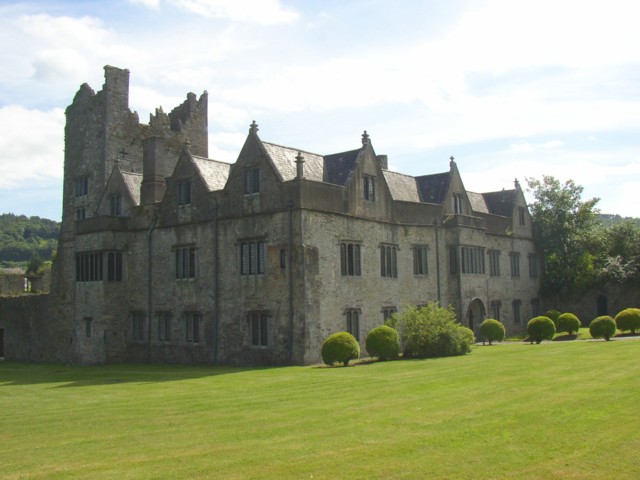The Skunk by Seamus Heaney
Up, black, striped and damasked like the chasuble
At a funeral mass, the skunk’s tail
Paraded the skunk. Night after night
I expected her like a visitor.
The refrigerator whinnied into silence.
My desk light softened beyond the veranda.
Small oranges loomed in the orange tree.
I began to be tense as a voyeur.
After eleven years i was composing
Love-letters again, broaching the ‘wife’
Like a stored cask, as if its slender vowel
Had mutated into the night earth and air
Of California. The beautiful, useless
Tang of eucalyptus spelt your absence.
The aftermath of a mouthful of wine
Was like inhaling you off a cold pillow.
And there she was, the intent and glamorous,
Ordinary, mysterious skunk,
Mythologized, demythologized,
Snuffing the boards five feet beyond me.
It all came back to me last night, stirred
By the soot fall of your things at bedtime,
Your head-down, tail-up hunt in a bottom drawer
For the black plunge-line nightdress
Skunk is a poem by Seamus Heaney about his married life. The poem is a
tribute to his wife – how living away from home has caused him to miss
his married life. Exiled from his wife, Heaney recalls the skunk
which reminds him of his wife.There are two settings in this poem. The first five stanzas are based
on memories of California nights, and the last stanza is a recent
memory of waiting in bed for his wife as she changed into her
nightdress.
World-renowned poet and playwright Seamus Heaney has died at the age of 74.He was born to a farming family at Mossbawn near Bellaghy in Co Derry on 13 April 1939.Mr Heaney was educated at the St Columb's College Catholic boarding school in Derry.His upbringing often played out in the poetry he wrote in later years
He was awarded numerous prizes over the years and won the Nobel Prize in Literature in 1995.
Among the academic posts he held were professorships at Harvard and Oxford universities.
He was an honorary fellow at Trinity College Dublin and last year was bestowed with the Seamus Heaney Professorship in Irish Writing at the university, which he described as a great honour.
.










